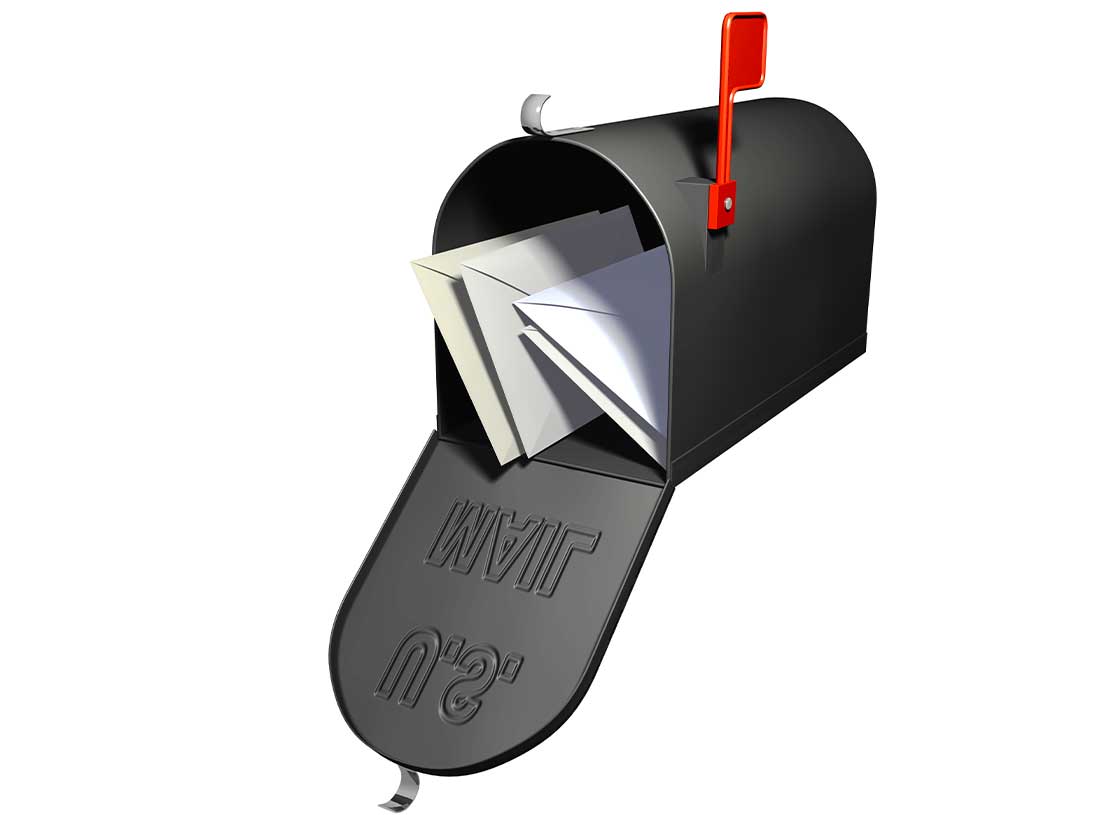Direct Mail never did go away – though a few misguided e-marketers tried to push it out of the picture with as much disdain as a big old 20th century TV. But there was a problem with setting their cap solely on sleeker, cheaper email communication. Direct Mail kept performing, and performing… and performing.
Then folks noticed online giants – think Amazon and eBay – were using real-life Direct Mail to support their incredibly vast online business models. You’ve got to figure they know a thing or two about generating results. Then word was out that Google – which got its start by downloading the entire Internet – is also a big spender in Direct Mail. Direct Mail is still a marketing staple for one simple reason: It works.
There is a big shift, though. Direct Mail strategies should be, shall we say, more strategic? Successful Direct Mail depends on several factors, including your list, but also your copywriting. Don’t treat your words lightly or carelessly. Give them impact, starting here:
Get a clear picture of your audience. When writing a Direct Mail letter, start by “channeling” your ideal prospect. Get them in mind. Get them in your head. Get a sense of who this prospect is, what problems he has and how you will solve them.
Prompt an action. As part of understanding your audience, determine what will motivate them to take an action. That’s where triggers come in. The 7 most powerful and well-known sales triggers are: fear, guilt, greed, anger, exclusivity, vanity and salvation. Yet, there are many other variations, including such motivators as patriotism, optimism, disgust, embarrassment and lots, lots more.
How do triggers work? Let’s say you see someone sitting on a couch,
and you want to motivate this person to get off this couch. You’ve got a
simple goal, with a ton of options to test.
You could yell, “Fire.” (Fearsome four-letter word.) Or try whining:
“You’ve been sitting there all day and haven’t done a thing while I
cleaned out the whole garage.” (Guilt trip now booked.) Or maybe in a
lighthearted voice, “I think I hear the ice cream truck!” (Whimsy
triggered.) Or yell, “Oh, no! The dog vomited on your wallet.”
(Disgust.)
See? Words trigger action. It just depends on which trigger you want to use.
Use Your Copy to Build Trust. People are complicated. We like to buy new things, but don’t like to be “sold.” We buy for emotional reasons (that are often illogical), but need logic to support our emotional decision. So, given that most people understand that Direct Mail is a selling tool, they need to be able to see in your copy why they should trust you. In your offers, make sure the value is easy to detect. Push the benefits that the customer will receive. Give proof with statistics and testimonials. Give reassurances with guarantees and other risk reducers.
Write with personality. If you’re going to invest your precious marketing dollars in Direct Mail, at the very least make it worth your while by making it readable. Avoid stale, dry, boring drivel. Make your copy zing, so it will get noticed and get read.
Spellcheck and proofread. Please check your copy carefully for typos and grammatical mistakes. If it’s filled with errors and misspellings, it will damage your professionalism, and you’ll lose the trust you’re trying to earn.
Easiest possible solution ever – call us and use ours. Hudson, Ink has professionally written and produced pieces that are ready to go, and we can mail them for you, too.

